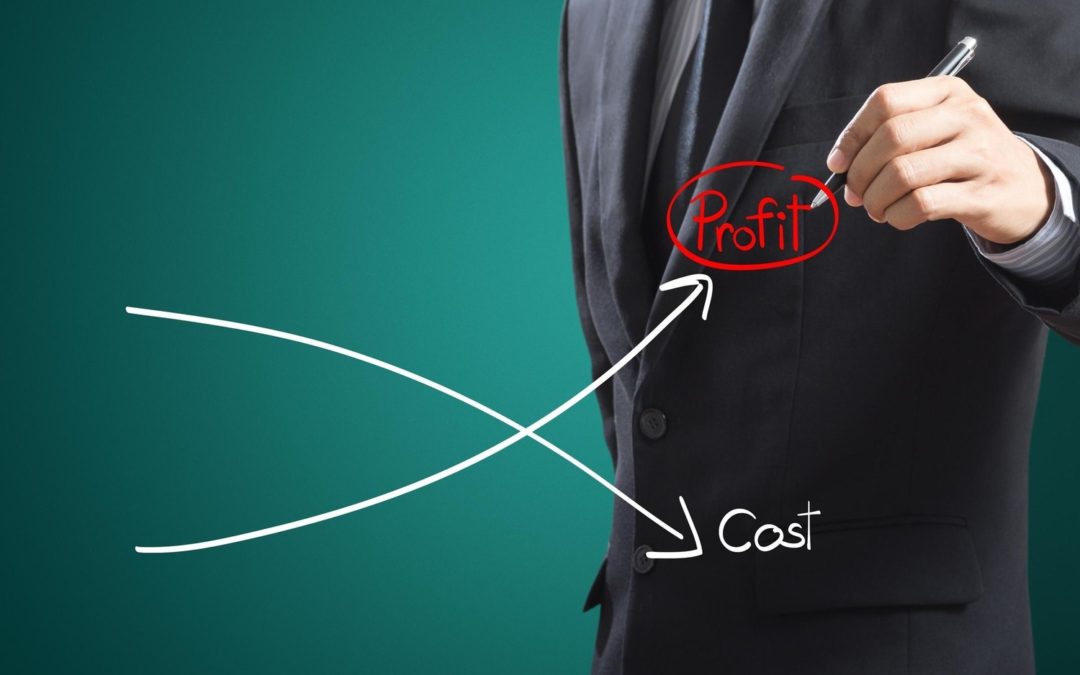Operating costs refer to the expenses which a business enterprise has to incur to keep its operations up and running. Some of the examples of operating costs are office and stationery goods, traveling expenses, canteen expenses, electricity and telecommunication expenses, bank charges, legal expenses etc.
Operating costs have a direct bearing on the profits of a business enterprise. Higher the operating costs, lower will be the profits. So, it is very important that business enterprises of all sizes and operations keep a tab on their operating costs. The question arises how do business enterprises reduce or prevent their operating costs from spiraling out of control. Some of the practices and measures which can help businesses control their operating costs are discussed below –
1.Business management and financial planning
One of the most crucial functions of any business management is financial planning. Although financial planning is a very broad term, for better management it can be broadly divided into three categories – short term, medium term and long term. Short term financial planning (up to one year) can cover the working capital requirements of a business enterprise. This will help an enterprise plan for liquidity and avoid working capital crunches. In medium term financial planning (up to five years), an enterprise can make provisions for machinery replacement, repairs and maintenance, paint works and new furniture etc. Enterprises can create funds for these expenditures and avoid financial hiccups when the need for these activities arises. The last one is long term financial planning (more than five years). In long term planning, an enterprise can plan for capital restructuring. By having a timeframe oriented financial goals and objectives, a business can smoothly go through transitional phases while maintaining adequate control over the operating costs.
2. Application of Standard Operating Procedure or Accounts SOP
Standard Operating Procedures or simply SOPs are an effective tool of modern day business management. It is applicable to all functional areas of a business enterprise – production, supply chain, HR, Finance etc. SOPs are even more crucial in accounts and finance because of the involvement of money. Having well defined accounts SOPs help a business ensure that financial transactions are taking place via the authorized route, within authorized limits and through authorized channels. It also becomes easier to track and trace financial transactions. With accounts SOPs, operating costs can be reduced or controlled to a great extent by applying authorization, limits and unnecessary routing.
3.Cash flow management
Cash is an important element of financial management. And more specifically, cash in hand or liquidity. A liquidity crunch is capable of shutting down of a business. An enterprise must exercise strict control over its cash inflows and outflows and ensure that it has sufficient liquidity to smoothly operate as a going concern. Credit policies should be carefully framed and strictly adhered to. Debts should be timely recovered. With efficiency in cash flow management and adequate liquidity, a business enterprise can timely meet and control their operating costs.
4.Control and Audit
Audit is a very important tool of control and plays a pivotal role in financial management. A financial audit refers to an in-depth examination of financial records of a business enterprise or a company over a certain period of time with the objective of determining the compliance and accuracy of financial recording and reporting. With audit reports, an enterprise can identify areas where operating costs can reduced or controlled or redirected and the same can be addressed in the next financial budget.
A business enterprise can increase its profits by either increasing its sales or decreasing its costs which also includes the operating costs. But decreasing or controlling operating costs is something that is very much within the reach of a business. This involves the presence of a strong and robust financial management system.
To know more about “How Do I Reduce My Operating Cost?” get in touch with our Retail Experts on [email protected]
YRC Related Articles: How to Write SOPs for Marketing?, 6 Ways To Grow Your Business, How to Start a Retail Business in India, Business Expansion Plan for Small Entrepreneurs, Six Steps to Writing a Great SOP for Retail, How to write SOPs for an Apparel Brand?, How to Develop SOPs for Quick Service Restaurant?, How to write SOPs for Furniture Showroom
Author Bio

Varun Shah
Chief Finance Officer










